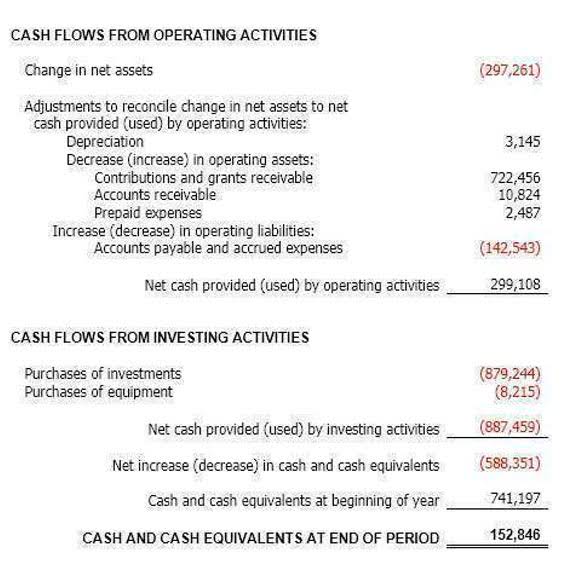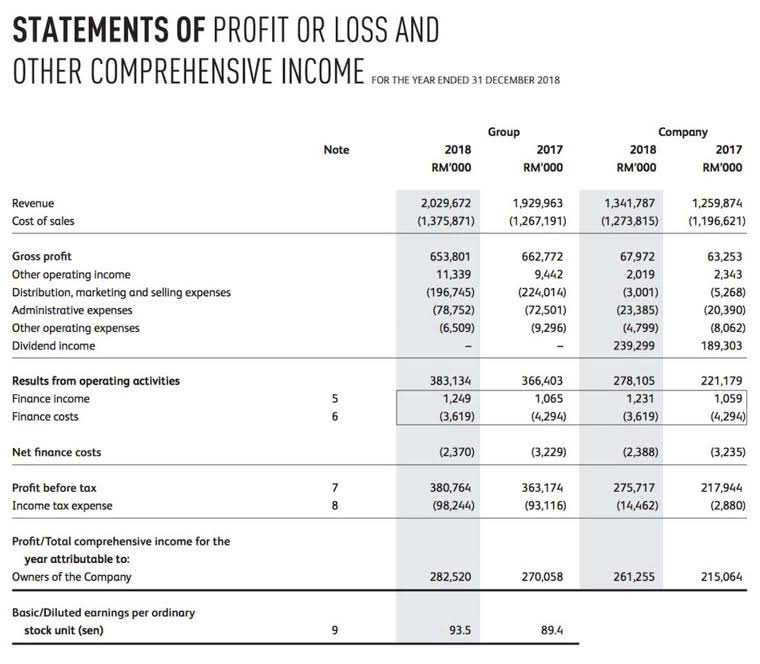
In this example, we intentionally chose a piece of analysis that contained various different units, such as dollars and shares. When an analyst must present various different types of units, it is recommended to add a “units” column so that each item contains a label for easy reference. The nine-millimeter rifles were said to be large enough for nearly all purposes, but not reassuring in extremely close quarters. I love Lensbaby Lenses and let their character come through in my work.
Everything You Need To Master Financial Modeling
However, it didn’t take me long to realize the importance of what mm meant and how it played into my photography. It’s important to note that the meaning of mm from a girl is not significantly different from how everyone else uses it. It is primarily used to express agreement, refusal, recommendation, or as a greeting in pagan culture. If you’re unsure about the specific meaning in a conversation, it’s always best to ask for clarification.

You see real learning outcomes.
- It is a popular slang term used in online chat and text conversations to indicate agreement or understanding, or to say “welcome” or “goodbye” in pagan culture.
- When an analyst must present various different types of units, it is recommended to add a “units” column so that each item contains a label for easy reference.
- In 1202, he wrote a book called “The Book of Calculation,” in which he advocated for conducting mathematical equations with the Hindu-Arabic numeral system as opposed to the Roman numeral system.
- Listed below are a few topics that are related to a millimeter.
- We have to multiply the length by 10 every time we move from left to right.
This article was reviewed by Anyah Le Gilmore-Jones and by wikiHow staff writer, Janice Tieperman. Anyah Gilmore-Jones is a Social Media Marketing Expert based in Nashville, Tennessee. As the founder of GROW by Gilmore, a social media strategy company, Anyah develops data-driven social media strategies focused on authentic community building.

What Does Wapo Mean? – Meaning, Uses and More
This phrase originated from Wiccan witches and is often used in online chatrooms or text messages. However, it’s important to note that “mm” does not have a sexual connotation and is not offensive. It is simply a slang term used to express agreement or welcome.
Word History and Origins
Last season, sales of skis with widths between 101 and 110 millimeters underfoot grew 10 percent, faster than any other category, according to data provided by the NPD Group. Some examples of objects having about 1 millimeter length areA sharp pencil point and the tip of a sewing needle are approximately 1 mm in length. Before the 13th century, Europeans used Roman numerals for all mathematical equations. For example, M in Roman numerals stands for one thousand, while a bar above the M denotes a million. Within finance and accounting, we often find something quite different. For example, a thousand is often abbreviated as (M), a million is abbreviated as (MM), and a billion is abbreviated as (BN) or (MMM).
How to Read “mm” on a Ruler
I often shoot with the Velvet 85 on a crop sensor to bring me closer to my subject. Remembering years back, a Nikon F2 I bought; came with https://www.bookstime.com/ a 50 mm lens. At the time, a very popular focal length because of its normal field of view, which is close to what your eye sees.
Additionally, mm can also represent “merry meet,” which is a way of saying “welcome” or “goodbye” in pagan culture. However, it’s important to note that mm does not have a sexual connotation and is not offensive. Millimeter is used for measuring small lengths and visible distances. In real life, it is considered to be the size of a wire used in paper clips. Millimeters can be converted to other metric units such as centimeters, meters, inches, and kilometers. We can use the following conversion chart to convert millimeters into different metric units of length.
Can you solve 4 words at once?
The base unit for a millimeter is meter and the prefix is milli. The prefix milli is derived from the Latin mille meaning one thousand and is symbolized as m in the Metric System. Milli denotes a factor of one thousandth (1/1000th) which means that there are 1,000 millimeters in a meter. Yup, got it, no way, roger that, and copy that are similar to “mm” because they are all used to indicate agreement, understanding, refusal, or confirmation in their respective contexts. These slang terms serve as concise responses to express various forms of acknowledgement or disagreement, just like “mm” is used to indicate agreement or understanding. “Millimeter” is a unit of length that equals one-thousandth of a meter.
This measurement is taken from the optical center of the lens to the camera’s sensor when focused on infinity. So what’s important to know is the focal length tells how much of the scene your camera will be able to capture. We have measures like meters and kilometers to express bigger distances, like the distance between two cities, the height of mountains, what does mm mean lengths of rivers, etc. However, the length of the wheat grain, the size of an ant, the thickness of a paper, etc., are some measures we find difficult to express in bigger units of measurement like meters. A millimeter (abbreviated as mm and sometimes spelled as millimetre) is a small unit of Displacement (length/distance) in the metric system.

LEARN & PLAY
It’s always best to consider the context and tone of the conversation when trying to understand what a guy means when he uses mm. Because we have multiple options to choose from when selecting an abbreviation, it is important to use context to make the proper selection. To summarize, our modern numerical system is the same as the Hindu-Arabic numerical system. However, our abbreviations are a concoction of multiple cultural legacies ranging from Rome, Greece, India, China, and Arabia. The Hindu – Arabic numeral system is what we have used ever since.


